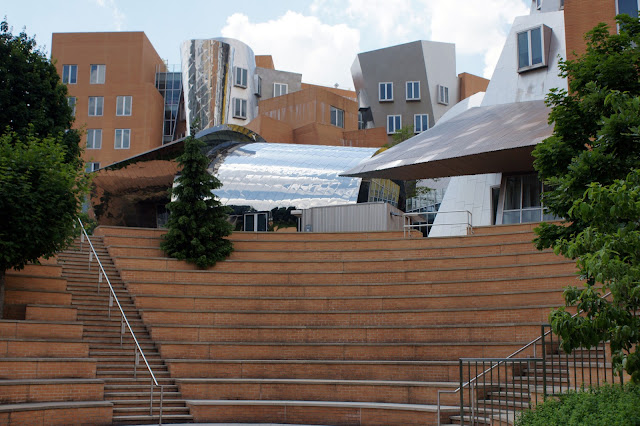Posted
by Yvette Hilaire, ATLANTA, GA -- For my
Race and Ethnicity class last semester we read Sociologist Mary Pattillo's seminal book,
published in 1999 entitled Black Pickett Fences: Privilege and Peril Among the Black Middle Class. This book is
an ethnographic account of a Chicago inner-ring suburban Black community, one I believe
was very close to where I grew up. It chronicles what
many “color-blind” Americans still cannot comprehend today: social class does
not trump the deeply-embedded and largely institutionalized racism that continues
to undergird our society. Like Dr. Pattillo argues, we may not have Jim Crow Laws
anymore, but we still have pervasive residential segregation -- a circumstance resulting in an
unequal housing market, regardless of income level. Black middle class neighborhoods are far from just middle class, and many times include some of the same social problems of poor inner-city Black neighborhoods. This is not
something you would find in white middle class areas.
Black Atlanta, regardless of social class, faced pervasive mortgage fraud during
the recent housing bubble burst, a practice historically motivated by Redlining. But I was not prepared for what I saw in one of these neighborhoods:
abandoned and derelict apartment complexes, as well as fallen-down "For Sale"
signs on eroded once white-colored picket fences. Surely, this area where the main
street bears the name of Dr. Martin Luther King Jr., and is the home to some of
the most well-known Historically Black Colleges and Universities (HBCUs)
deserves more attention and respect from the city and surrounding region which proudly claims it's “Too Busy
to Hate.”
The Supreme Court just handed down two historical rulings: one was a
Civil Rights nightmare and the other a precedent-setting victory. The core of the Voter’s
Rights Act of 1965 – one that Dr. King fought and ultimately
lost his life for – was struck down. Subsequently this same Supreme Court
deemed the Defense of Marriage Act (DOMA) unconstitutional. Many view this latter decision as another groundbreaking civil right victory by allowing same sex couples to marry. But does this current landmark decision mean that past, equally as landmarked ones need to be declared obsolete? Brown v. Board of Education was handed down 59 years ago for a very good reason, just
like the Voter’s Rights Act was in 1965. But public school segregation and inequity in the voting polls continue. These laws have been on the books for a very long time because discrimination based on race remains alive and well.
Yvette Hilaire is a Sociology Major at
Georgia State University.


























